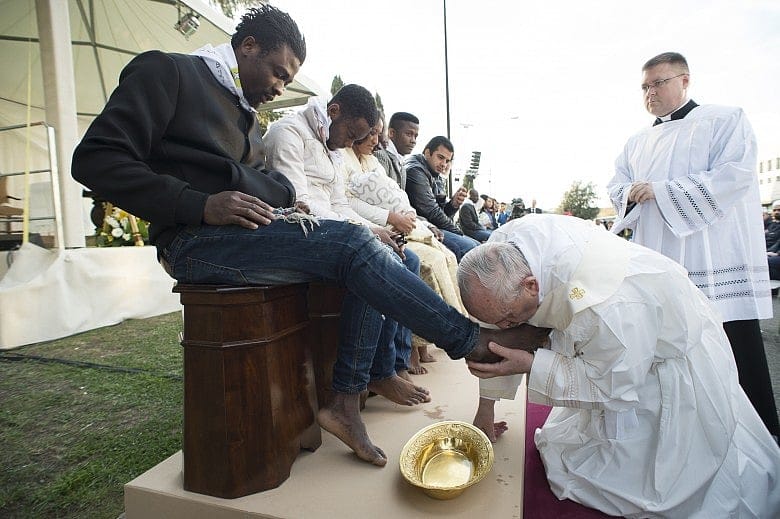Easter celebrations worldwide range from bloody to benign

Easter Sunday concludes Holy Week, when Christians worldwide celebrate the life of Jesus Christ, his death on the cross and his subsequent resurrection.
While common U.S. traditions include attending a service or Mass, gatherings of family and friends together for an Easter dinner, and Easter Egg hunts, different Christian denominations and cultures celebrate Easter in various ways.

